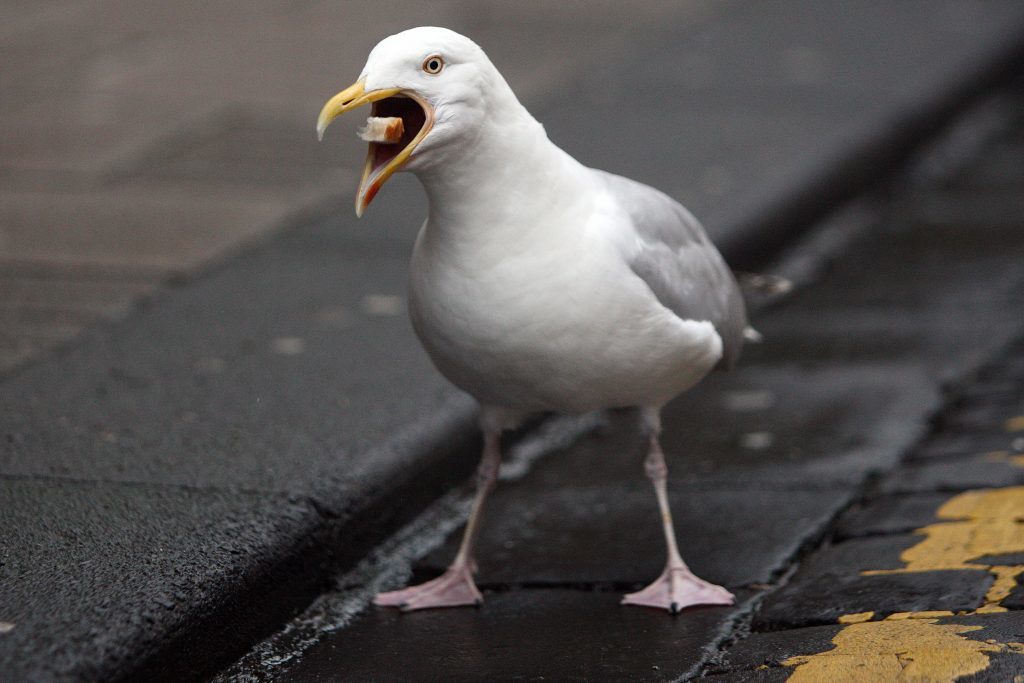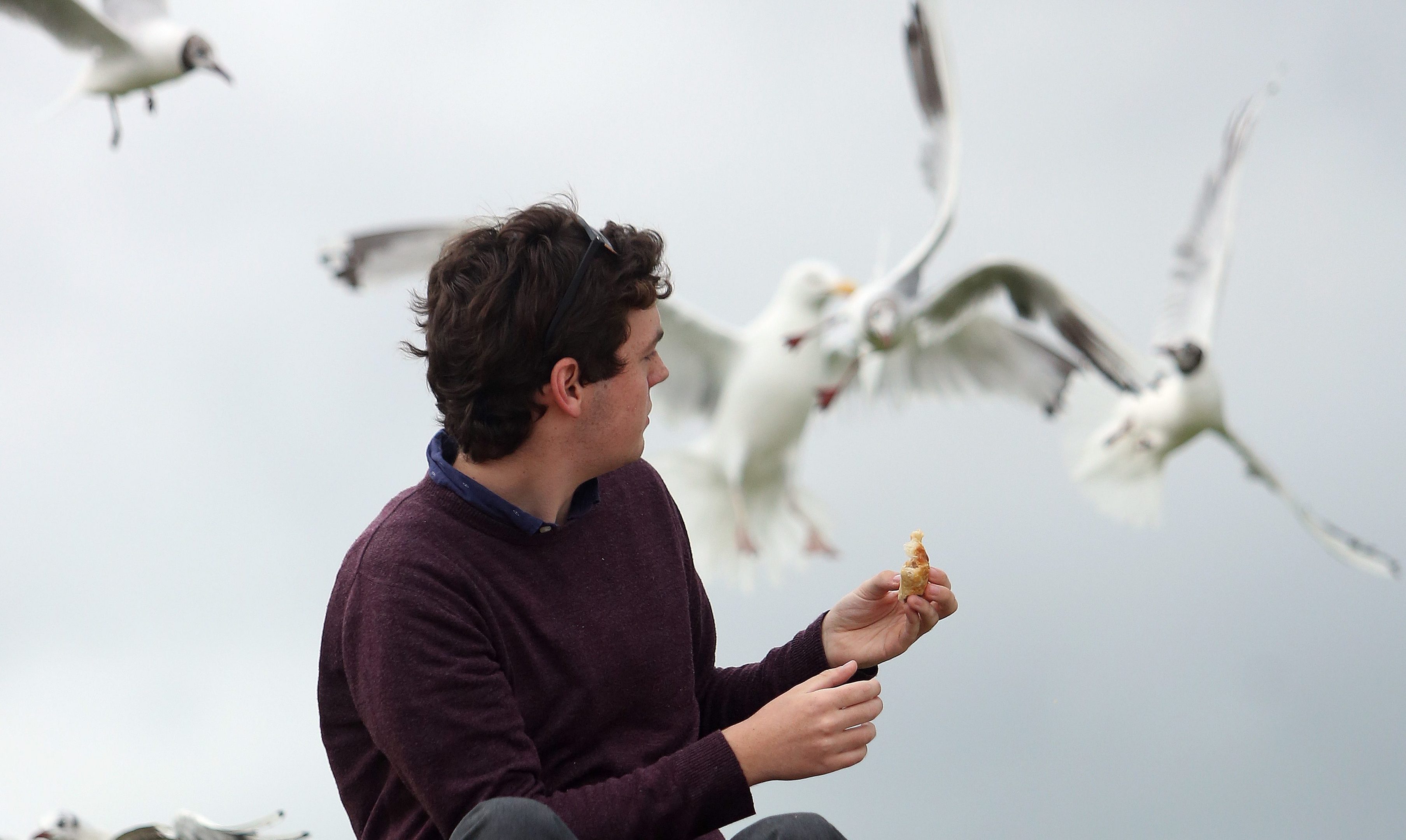Pest control officers have shot 165 aggressive gulls and 30 chicks in Dundee since the start of the year.
The council has also removed 401 individual gull eggs as measures to control numbers intensify.
As well as removing or destroying the menace flyers, the authority has put in place kites, noise deterrents, birds of prey, plastic owls, an anti-landing system and netting.
Shooting the animals is only ever considered as a last resort, where it has been demonstrated every non-lethal alternative has been exhausted.
Gulls are protected under the Wildlife and Countryside Act 1981, which makes it illegal to kill, injure or remove any wild bird.

The decline of the fishing industry and reforms to the city’s recycling process has resulted in the influx in gulls plaguing the city, the council has said.
The reduction in fishing fleet has seen gulls leave local cliff faces “in their droves”, while recycling centres replacing old landfill sites has seen the scavengers move to the city.
People leaving food, either by dropping it or feeding birds, has lead to gulls becoming familiar with humans to the point of identifying them as a food source.
Warmer weather in city environments has also induced the birds to reproduce in in larger numbers.
Lord Provost Ian Borthwick, who has campaigned for more to be done about the winged menace in his role as an elected member, said: “I am satisfied that the council is doing their very best to cope with the problem.
“Cities all over the UK are struggling to cope with the influx in seagulls and changes brought about over the last while are bound to induce the problem.
“People should be more careful by trying not to drop large amounts of food on the streets and avoid feeding them.
“I want a solution which will help everyone, with a balanced approach which will be effective in reducing the problem.”
A spokesperson for Dundee City Council said: “We know that gulls can often be a cause for considerable distress and annoyance and we continually pursue tried and tested as well as innovative solutions to the problems that arise from these birds.
“Gulls are protected by the Wildlife and Countryside Act 1981. It allows for the destruction of birds under certain circumstances, but this is only permissible where it can be demonstrated that they pose a risk to public safety or public health, and only when all other non-lethal methods of control have been investigated and discounted.
“We would also ask that people do not feed seagulls as this only exacerbates the problem.”










